Mystery Foto #46 Solved: William K. Vanderbilt Jr in a Mors at the 1902 Circuit des Ardennes Race
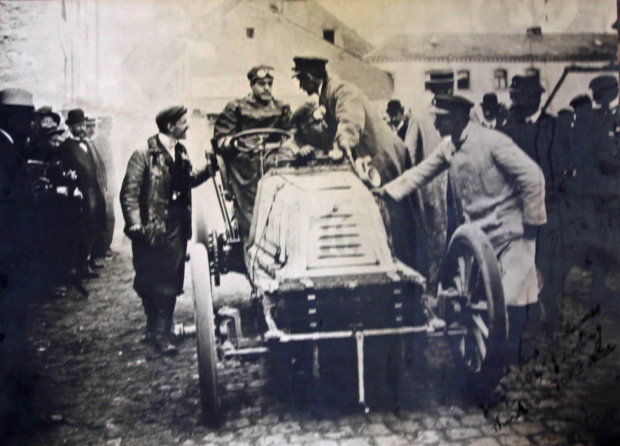
Last week's Mystery Foto was a pioneer race car driver- Willie K!
Answers to the Mystery Foto questions:
- Identify the driver and his relation to the Vanderbilt Cup Races
The driver is 24-year old William K. Vanderbilt Jr who would create the Vanderbilt Cup Races two years later.
-Identify the race car
The car was a Mors that was owned by racer Henri Fournier.
-What race was captured in this photo?
Willie K. was racing on the inaugural Belgian Circuit des Ardennes held on July 31, 1902
Congrats to one of the Mystery Foto champions Ariejan Bos for correctly identifying the car and river. Kudos to Alan Clendenen for the correct manufacturer and year.
If you have a suggested Mystery Foto, please forward a jpeg to [email protected] .
Enjoy,
Howard Kroplick
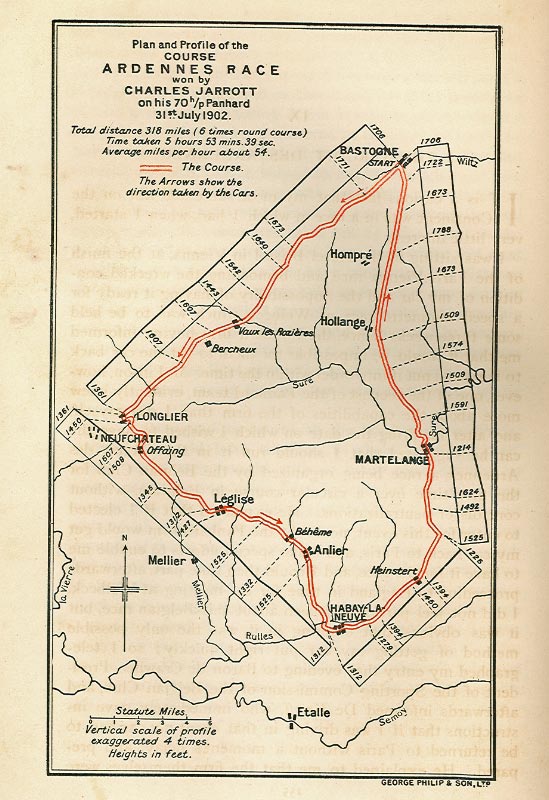
The 1902 Belgian Circuit des Ardennes Race was an experiment in closed circuits as opposed to open road, point-to-point races. The 318.2-mile race consisted of six laps of the 53-mile triangular course. The race was definitely one of the inspirations behind the format for the Vanderbilt Cup Races.
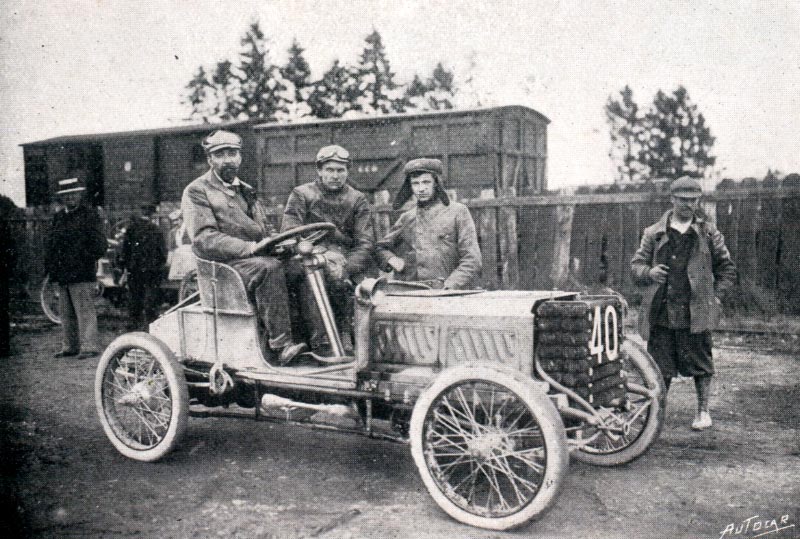
A total of 75 vehicles were entered for the race. However, nineteen cars and drivers did not appear at the starting line. In the middle of his brief three-year racing career, 24-year old William K. Vanderbilt Jr. was at the race but had failed to submit his race entry on time.
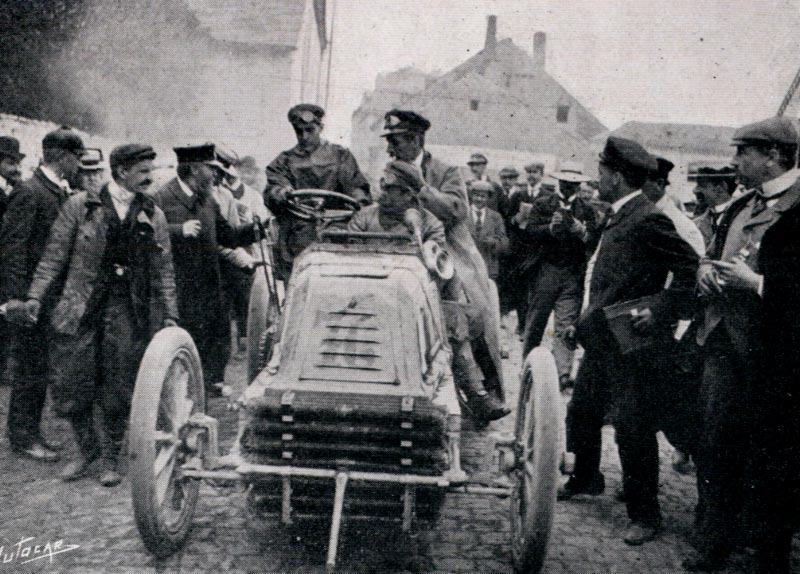
Among the entrants who decided not to compete was French driver Henry Fournier . Upon learning of Fournier's decision, William K. Vanderbilt Jr. was given special permission to drive Fournier's 60-HP Mors. He was assigned #76 and was the last car to leave the starting line.
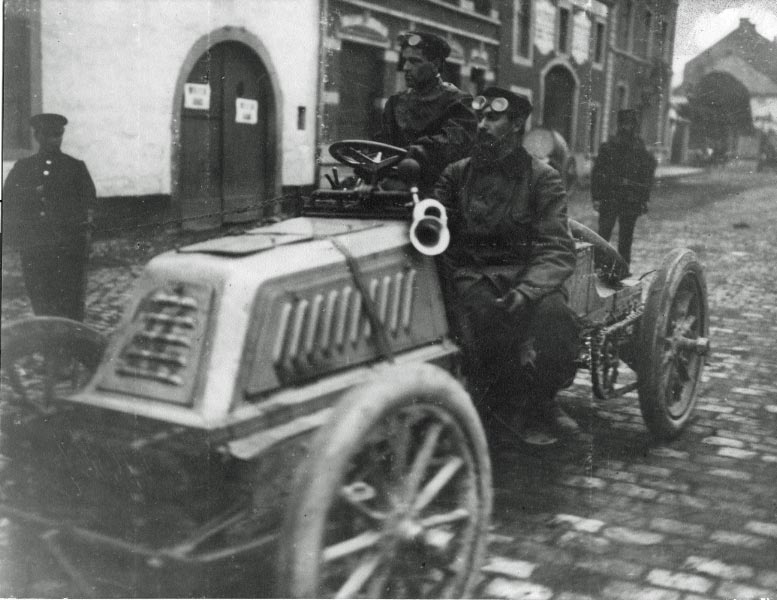
The Circuit des Ardennes Race produced one of Vanderbilt’s most impressive driving efforts in his racing career.
Vanderbilt, who received some nasty lacerations a week earlier when thrown from a 60 horsepower Renault, admitted to some timidity at the start. But competition rekindled his spirit and he soon recovered his form. He was forced to stop five times for water, as a vandal had tampered with both his radiator and his gear shifter. The da.maged gear shifter made it difficult to select gears, and it had to be secured with a rope to maintain fourth gear.
Vanderbilt finished third among the 56 starters, completing the race in 6 hours and 22 minutes for an average speed of 50 miles per hour.
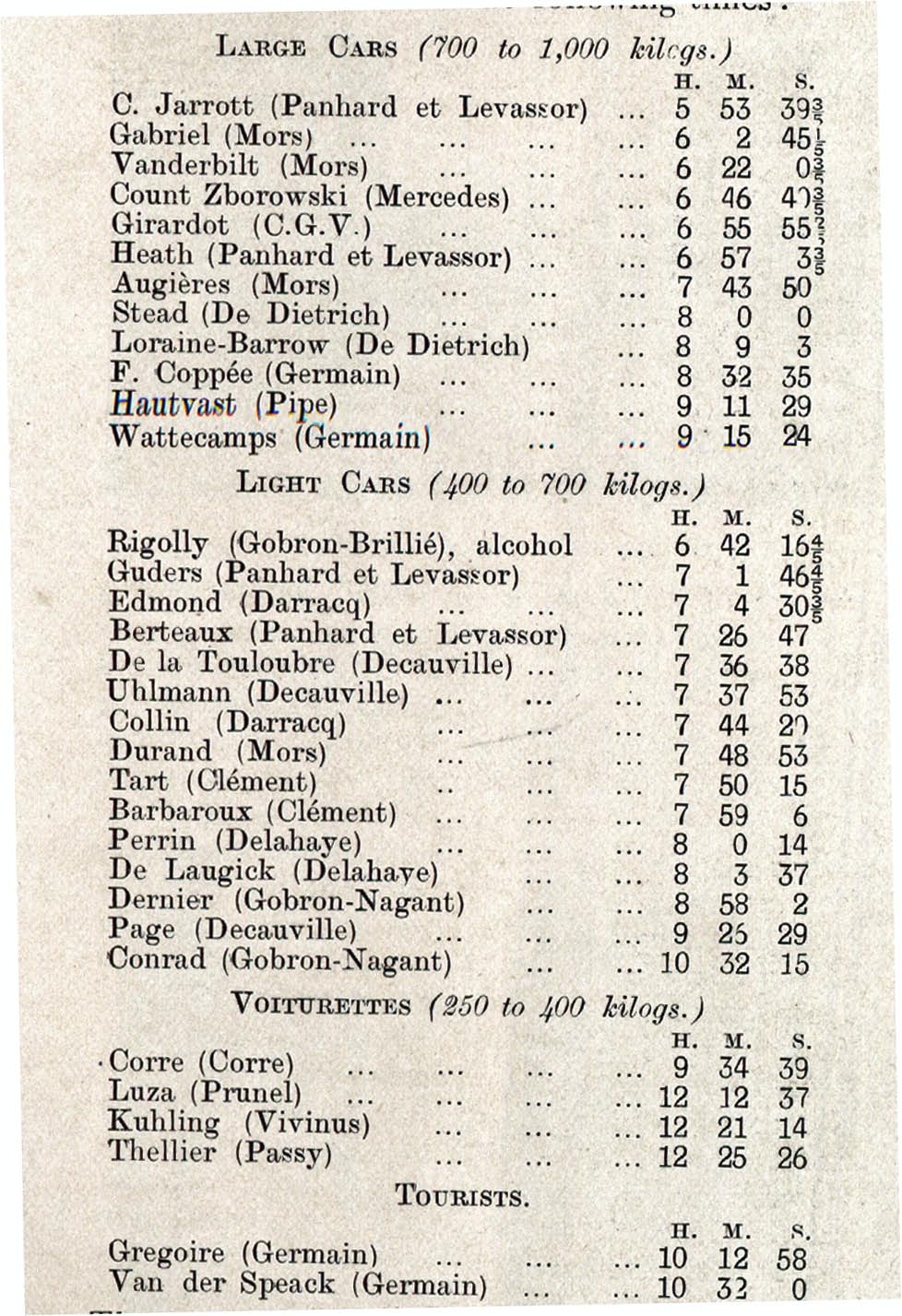
Two great drivers finished ahead of Vanderbilt in the large car race, the winner Charles Jarrott in a 70-HP Panhard and Fernand Gabriel in another 60-HP Mors. Gabriel went on to lead the 1903 Paris to Madrid Race before it was stopped and compete in the 1904 Vanderbilt Cup Race.
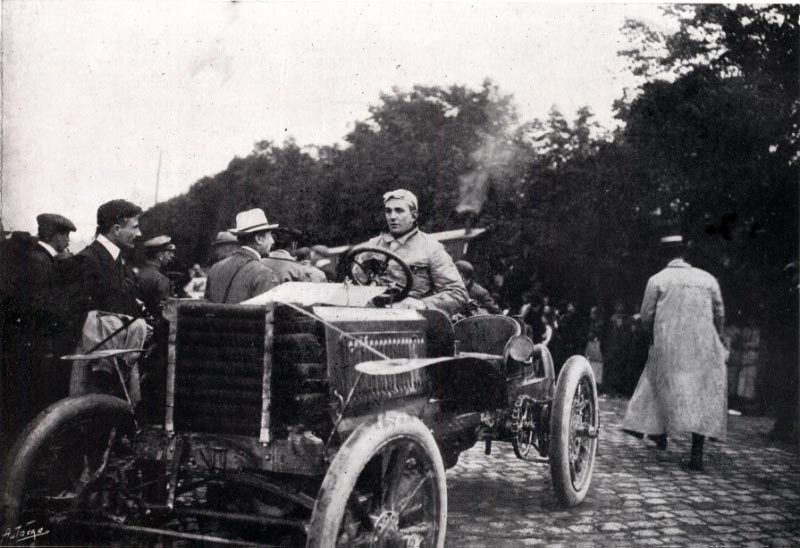
Vanderbilt marveled at winner Jarrott’s daring when he said, “I saw Jarrott, who was coming at a daredevil pace, take hair-raising chances of being shouldered into a ditch.
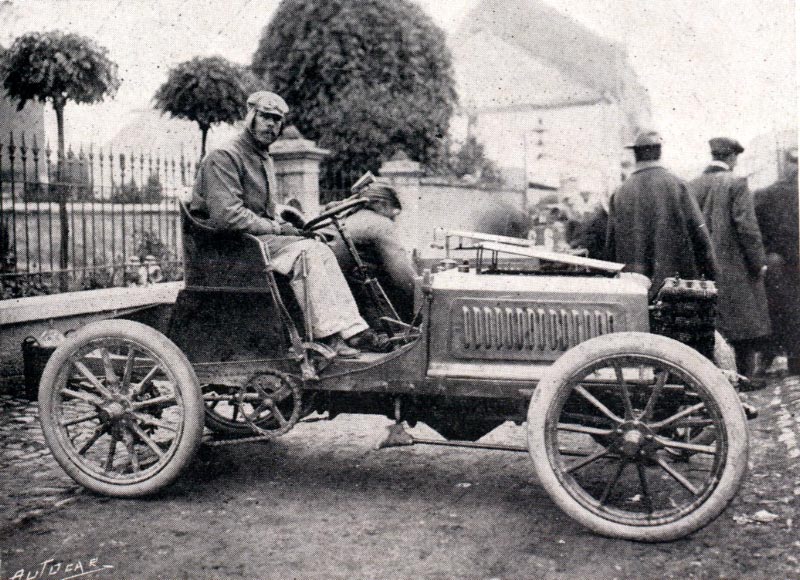
George Heath, who would later win the 1904 Vanderbilt Cup Race, competed in a 70-HP Panhard and finished sixth.
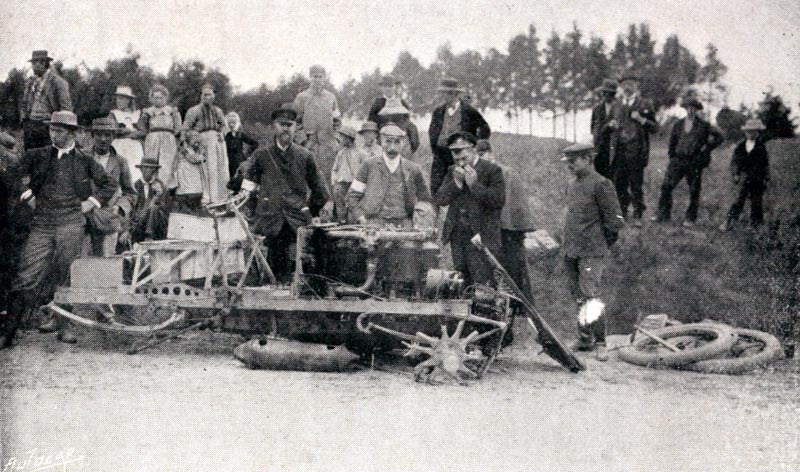
Another future Vanderbilt Cup Race driver Camille Jenatzy competed in his own "Jenatzy" vehicle. As seen here, his car encountered major problems on the road between Bastogne and Longlier.
Other Views of the 1902 Circuit des Ardennes
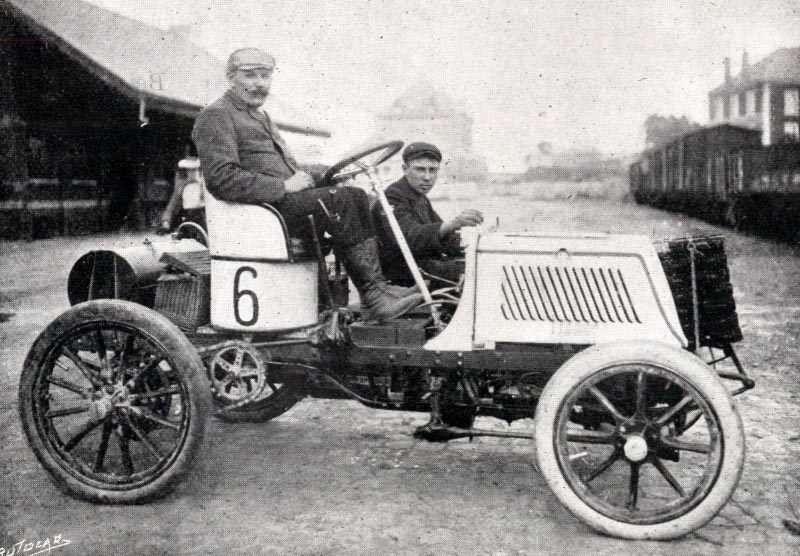
M. Deschamps in his Deschamps light carriage.
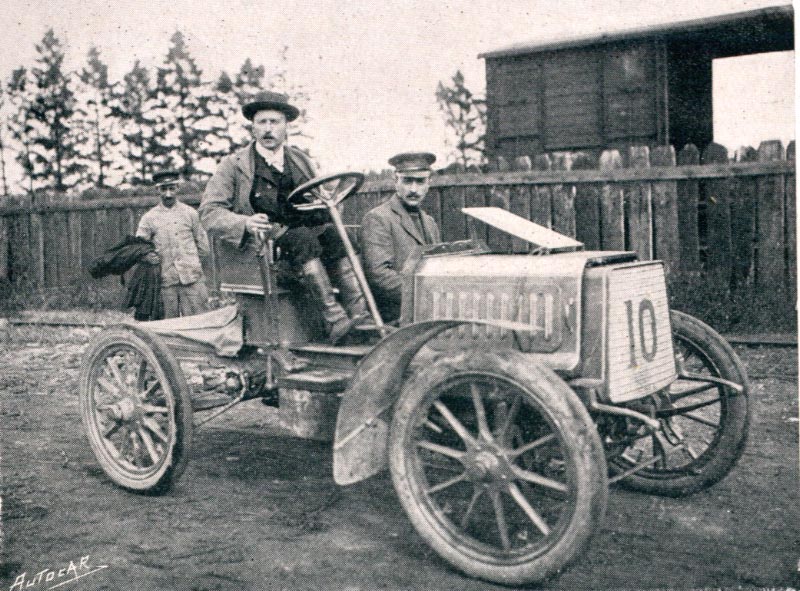
The Comte de Villegas in his Belgica light car.
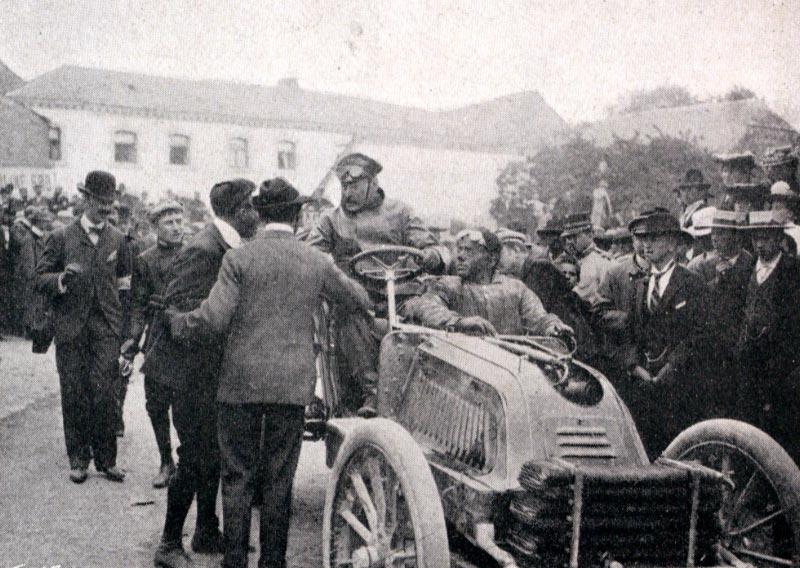
M. Girardot finished fifth in this C.G.V.
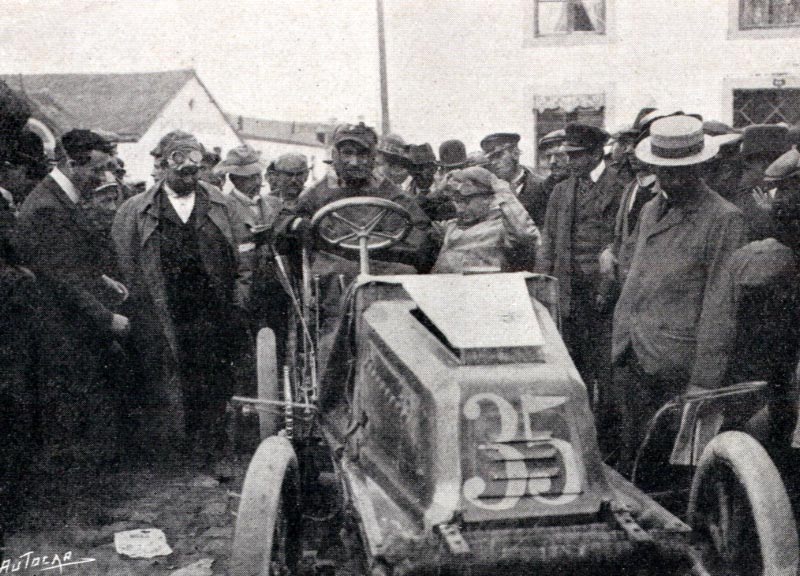
Rigolly, the winner of the light car race, in his Gobron-Brille powered by alcohol fuel.
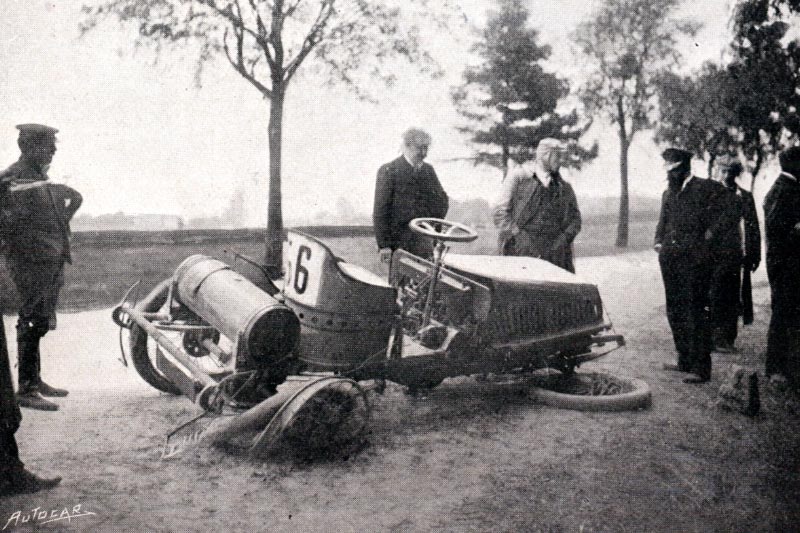
One of the Decauvilles after an accident.
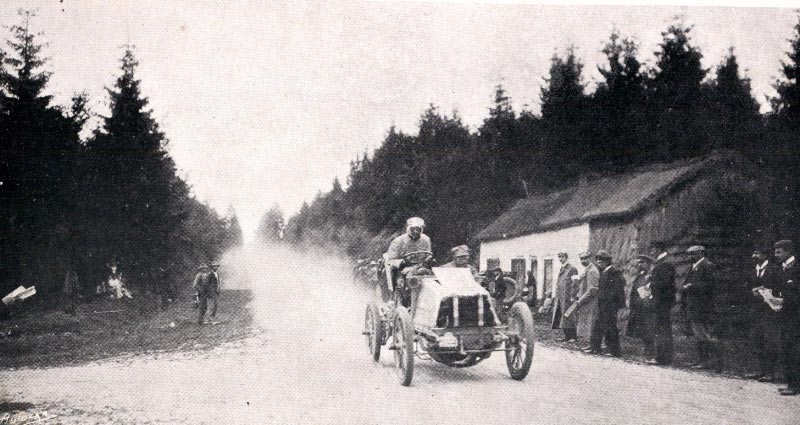
M. Wattecamps in his large Germain car.
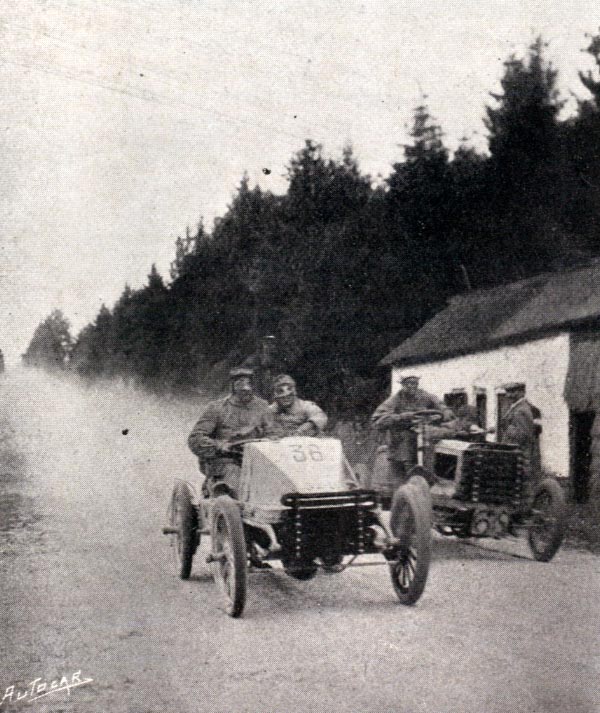
The battle between the #36 Decauville and the #65 Darracq.
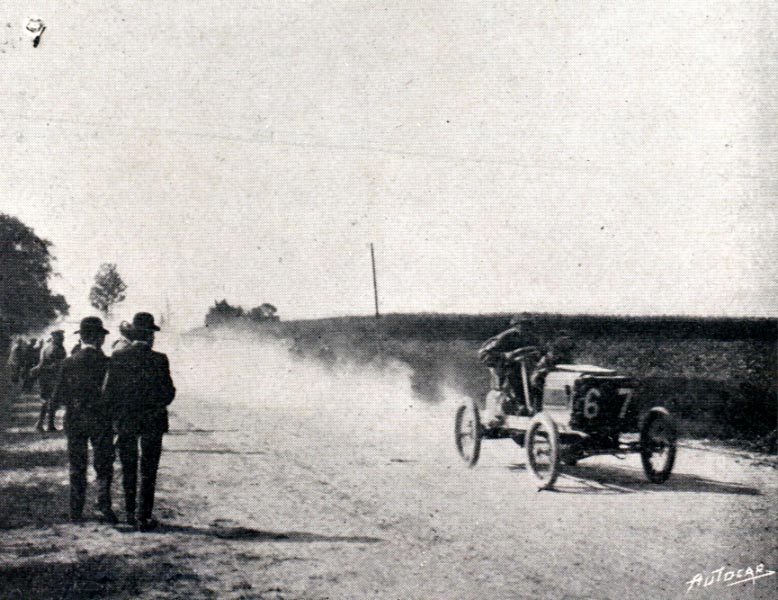
Another Darraqc at speed.
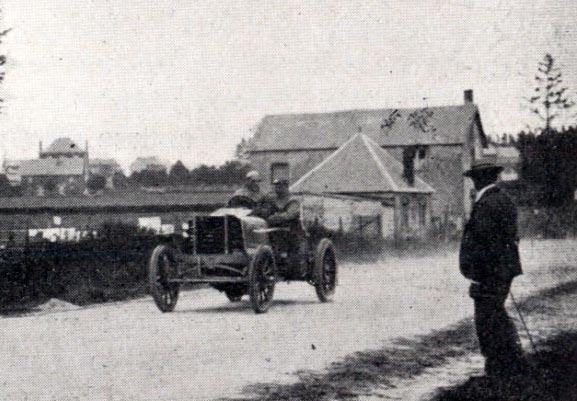
The winner Charles Jarott passing through a village.




Comments
The car is, I believe, a Mors, probably 1902 in a city to city race.
This is the 1902 Mors type Z racer with which William K. Vanderbilt participated in the Paris-Vienna race (during which he had to give up after the 1st stage) and the 1902 Circuit des Ardennes (in which he finished on 3rd place). The photo is taken before the start of the latter race, held on July 31 for the first time. Interesting is the fact that the car carries no.76, whereas according to Gerald Rose’s standard work ‘A Record of Motor Racing’ (1908) its number would have been 27. The highest official number in this race was 75, but for some (unknown) reason the car must have been renumbered to 76. Was it maybe a premonition for the world record he would attain with the same car within a week after this race? On August 5 at Ablis (near Chartres) he broke the flying kilometre record with a speed of 122.4 km/hr, equivalent to just over 76 miles/hr!